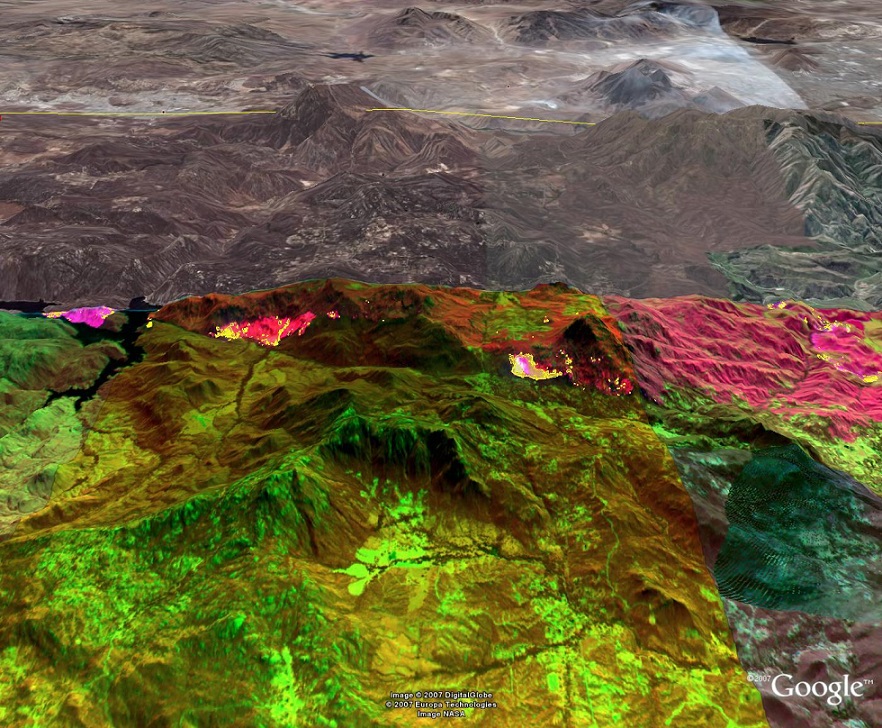This post is also available in:
 עברית (Hebrew)
עברית (Hebrew)
Thermal security cameras use a combination of specialized sensors and lenses to convert infrared energy, or heat emissions, from the objects it monitors into visible light colors or shades to show temperature variances. Since the human eye can only see in visible light scale, this gives a deeper insight into what the broader spectrum of infrared energy provides for scene content.
Thermal imaging technology originally developed for the defense industry more than 50 years ago was declassified by the U.S. Government after the Gulf War, allowing it to be licensed to various manufacturers to design solutions for additional market use cases.
The first to be leveraged were firefighter municipalities, followed by law enforcement and many other commercial and industrial applications, all lining up to take advantage of this technology.
The continued decrease in costs and the combination of technologies have allowed for more customer applications to benefit from this type of solution.
While some of the original uses for thermal imaging were for expansive borders, ports and unmanned stations to detect perimeter breach threats during nighttime and other low-light conditions, the security industry is benefitting now in commercial-use cases to monitor perimeters or outdoor assets in equipment rentals; metal recycling facilities; warehousing and logistics; automotive service and repair; agriculture equipment dealer; as well as monitoring expensive equipment like motors, tanks and engines.
Unlike low-light surveillance cameras, thermal sensors have the ability to detect heat signatures in complete darkness or harsh environmental like fog, smoke, dust, snow rain and many other challenging conditions, according to securitysales.com.
When detecting intruders breaching a property, having a scene that is less cluttered is key, as a thermal camera does not “see” through everything. Additional major heat or retention sources in the scene must be made known to ensure proper detection or monitoring of the object of interest. Finally, a thermal imaging sensor does not reproduce the scene like a standard visible light camera. The thermal sensor allows for decision-making based on where the object of interest is within the scene. The image does not allow you to recognize the person’s identity. However, it shows there is someone in the scene within a variety of challenging environments that other cameras do not perform well in.
The addition of video analytics for automated detection of specific objects classified in a scene has been a key evolution of thermal technology for security applications. This allows for unattended event-based detection of an intruder or vehicle in the environment.


























